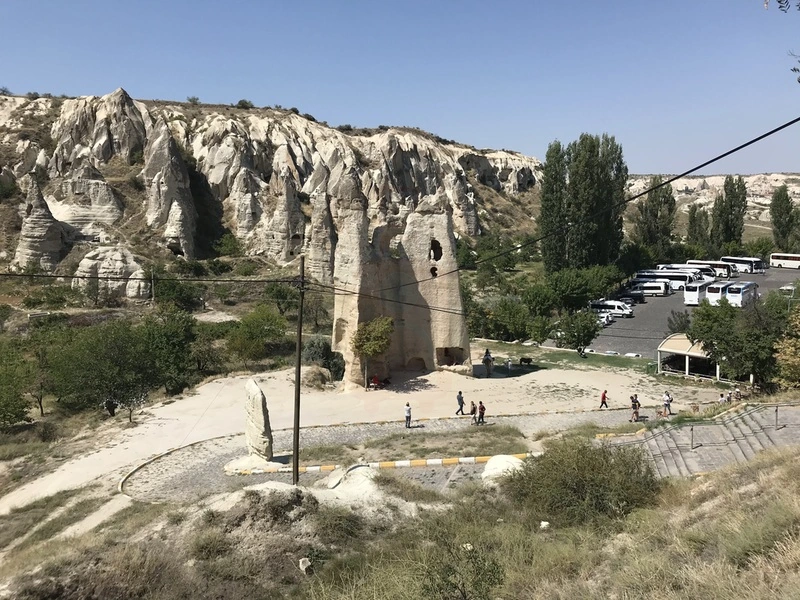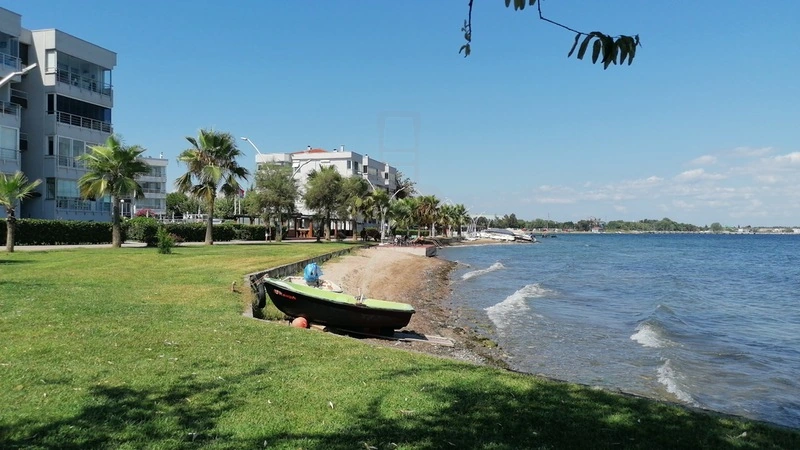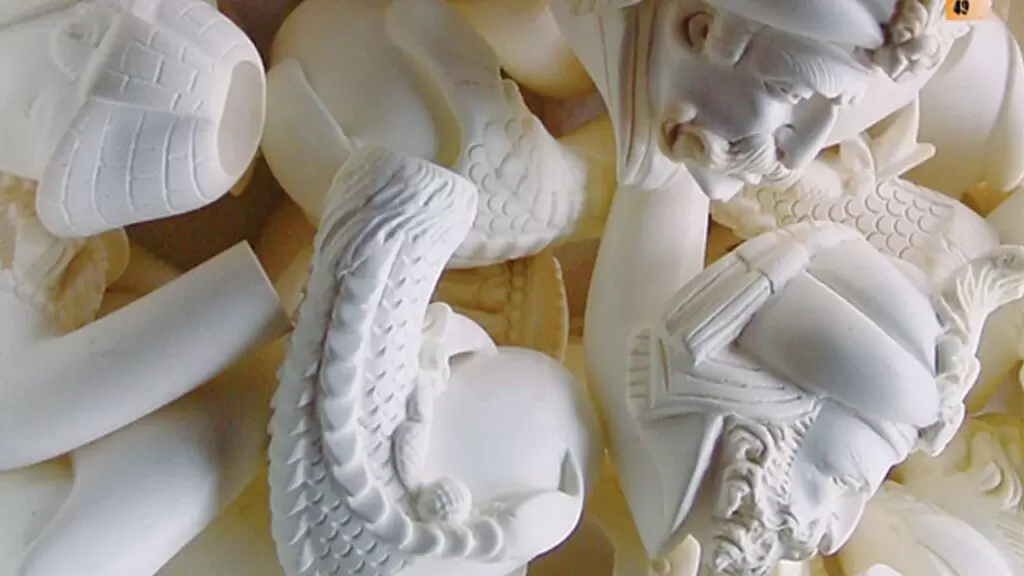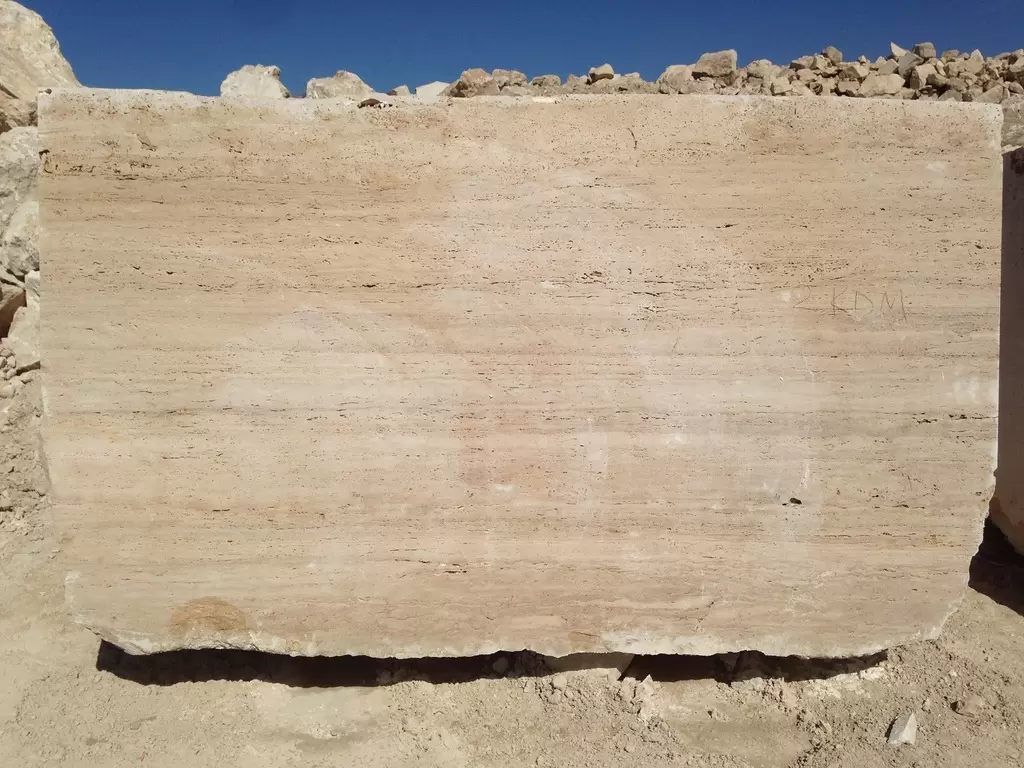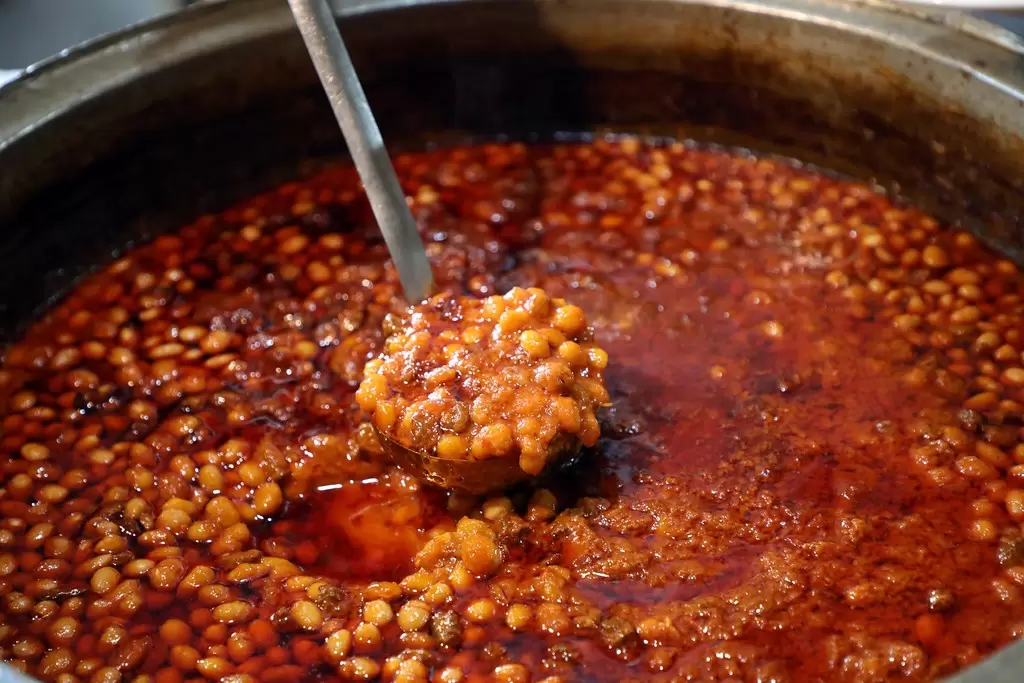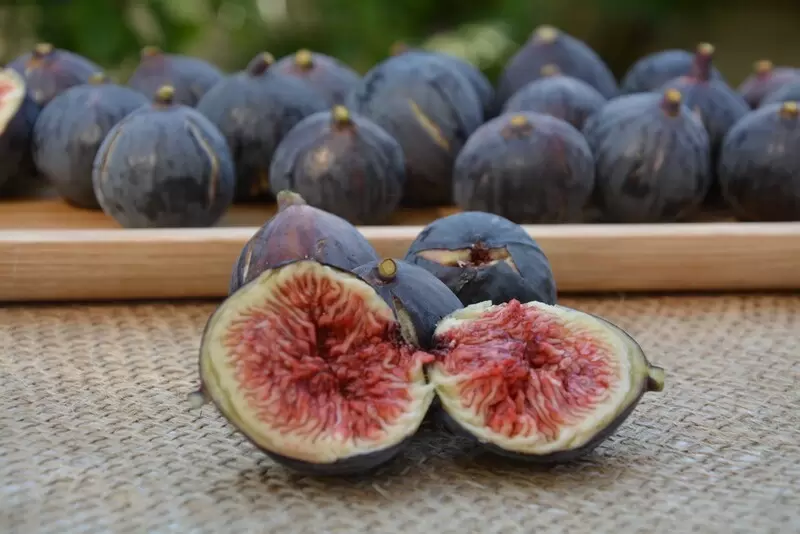
Fethiye Rock Fig (Fethiye Kaya İnciri), a geographically indicated product, is celebrated for its unique qualities, deeply rooted in the Mediterranean climate and traditional cultivation methods of the Fethiye region. Known scientifically as Ficus carica L., this fig variety is characterized by its black skin, thin peel, small size, and vibrant red interior. Its exceptional sweetness and distinct flavor make it highly sought after both fresh and dried, showcasing the region’s agricultural excellence.
Distinctive Features of Fethiye Rock Fig
-
Appearance and Quality:
Fethiye Rock Fig stands out with its black skin, red interior, and sweet, juicy flavor. The thin peel makes it easy to consume, while its small size and vibrant color add to its visual appeal. These figs have a unique texture and are rich in natural sugars, primarily glucose and fructose, with minimal sucrose content. -
Nutritional Value:
The sugar content of Fethiye Rock Fig is notable, with fresh figs containing approximately 12 grams of sugar per 100 grams, while dried figs reach up to 40 grams per 100 grams. This high natural sugar content makes it an energy-rich and nutritious fruit. -
Ideal Growing Conditions:
The Mediterranean climate of Fethiye provides the perfect environment for cultivating this fig variety. The region’s long, hot, and dry summers, combined with mild winters, create optimal conditions for fig growth. Average annual temperatures of 18–20°C, with summer temperatures reaching 30–40°C, are ideal. The significant day-night temperature differences during the ripening season enhance the fig's sweetness, color, and aroma. -
Traditional Drying Methods:
Fethiye Rock Figs are often left to dry naturally on the tree, preserving their sweetness and texture. For a unique twist, some figs undergo a traditional "bandırma" process, where they are dipped in water boiled with myrtle branches and thyme leaves. This enhances their aroma and extends their shelf life. Afterward, the figs are carefully dried for 1–2 days on cloths to ensure consistency. -
Storage and Preservation:
Once dried, the figs are stored in layers with myrtle leaves in food-safe wooden crates or tightly packed with kraft paper or plastic to prevent air exposure. This traditional preservation method not only maintains the figs’ quality but also imparts a unique aroma. Over time, natural sugar crystals may form on the surface, giving the figs a white appearance. -
Resilience and Longevity:
Fethiye Rock Fig trees are cultivated in clump-like formations, where multiple trunks of varying ages grow together. This structure ensures the longevity of each fig "grove," allowing the same location to produce figs for many decades. -
Cultural and Economic Importance:
These figs are a vital part of Fethiye’s agricultural heritage and local economy. Their production reflects the traditional knowledge and techniques passed down through generations. They are cherished in local cuisine and widely used in desserts, snacks, and as a nutritious energy source. -
Harvest Season:
The figs are harvested during August and September, aligning with the region’s dry, cloudless weather, which is crucial for natural drying. The absence of rainfall during this period ensures the figs maintain their quality and sweetness.
Why Fethiye Rock Fig is Special
Fethiye Rock Fig is more than just a fruit; it represents the harmony between nature and tradition in the Fethiye region. Its unique qualities stem from the Mediterranean climate, traditional farming practices, and careful post-harvest handling. Whether enjoyed fresh, dried, or in culinary creations, this fig offers an authentic taste of the region’s rich agricultural heritage. For travelers exploring Fethiye, experiencing the Rock Fig is an opportunity to connect with the flavors, culture, and traditions of this remarkable area.






